Let’s do a simple exercise. Close your eyes and think of the pictures you see in newspapers, on portals and other media accompanying stories of rape used as “representative image”.
Are these the ones you see?
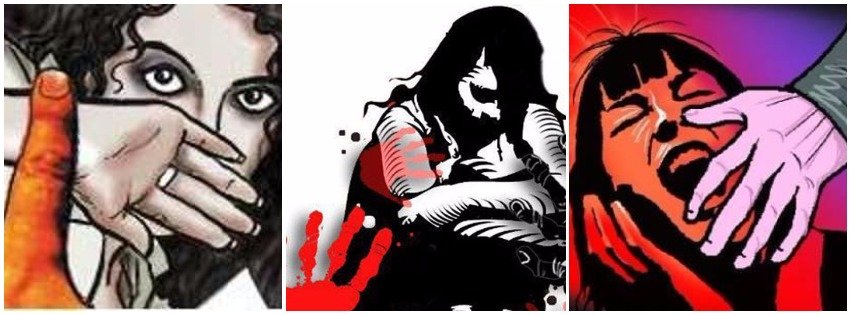
Under the shadow of her violator, a woman, petrified, peeping through her fingers pleading for help? Blasts of red, orange and yellow to signify she has been raped and it was violent? A helpless woman, bruised and face buried in her knees, even as a faceless monster approaches to attack her?
”Sexually assaulted” is what the pictures are screaming. Only, there are no words.
Well, you can’t be blamed because this is how we usually picture horrific stories of sexual crimes against women in our country, where woman are helpless and at the mercy of the accused.
Even though things have changed – leading media houses using ‘survivor’ instead of the word ‘victim’ in their reports – there is much room for improvement. What’s disappointing, however, is that years after the Nirbhaya gang rape that has even triggered a change in our laws, media has largely failed to draw an empowering narrative when it comes to the ‘representative image’.
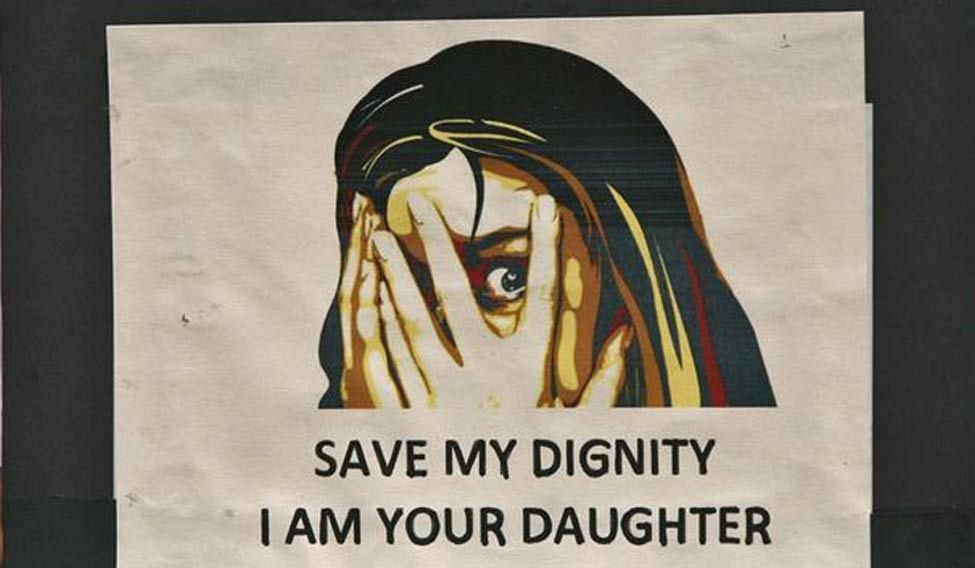
But a Delhi-based NGO ‘Breakthrough India’ has taken it upon itself to help newsrooms in this area.
The NGO is running a campaign #RedrawMisogyny: Change the narrative, under which they are asking artists, designers and illustrators to come up with representative sketches of gender-based violence or ones that surpass gender.
Purva Khetrapal, manager of communications in the NGO, explained the idea to ScoopWhoop News in an email:
“We often come across images where women are represented as helpless characters. Through our campaign and workshops, we urge the participants to use sensitized graphical representation for depicting stories of violence instead of traumatized depictions that indeed perpetuate violence for the survivors at the hands of the society.”
Basically, the NGO wants to change the narrative and put the onus of the crime on the perpetrator.
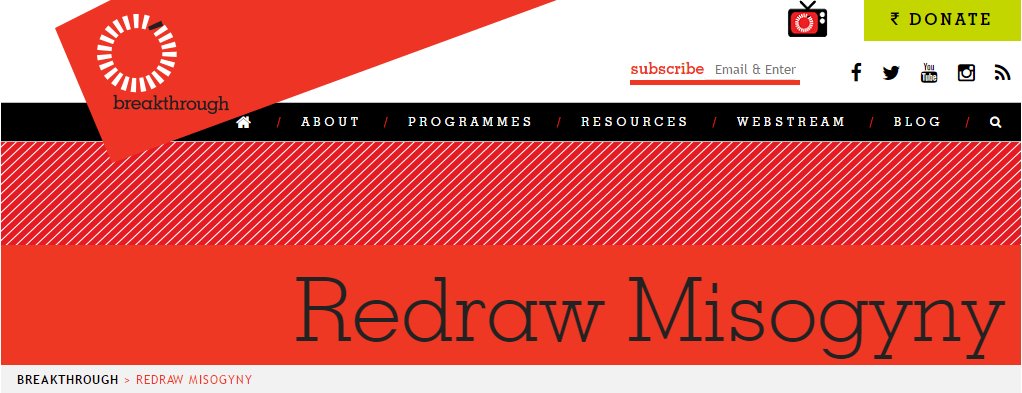
“Where is the perpetrator in the image?” asks the NGO on the campaign page of their website. It also highlights this important point that very few images consider gender-based violence against the male sex and transgenders.
“What about the violence that LGBTQAI people are subjected to?” the page asks, leaving one wondering how we have moved forward so little despite out efforts towards inclusiveness.
How did the NGO reach the designers?
In a workshop held on April 16 2017, the NGO saw participants from across the nation proposing and discarding ideas on such images.
A designer from Hyderabad, Mohammed Valiullah Hashmi, who is currently based in Delhi told ScoopWhoop News that he was clear that he wanted to abstain from dark and bright colors.
“I wanted to focus on a woman’s revival and send across a message that she is not helpless,” he said.
“My final sketch shows two women where the lady of justice is extending her hand to embrace the survivor,” he added.
Here is his image:
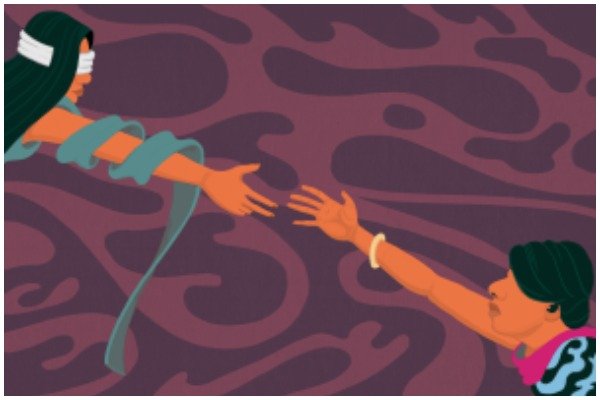
Here are some other images that the NGO has approved of far:
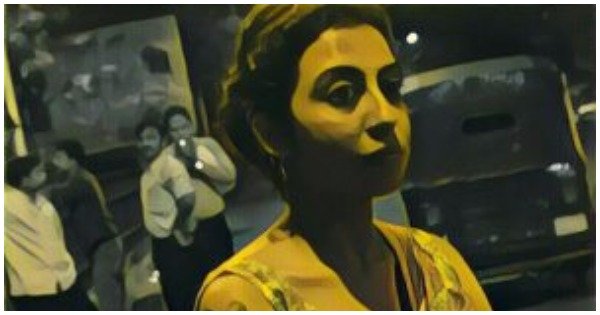

How can the media houses use these images?
The NGO understands that media houses and content publishing platforms lack an image bank of such representations and hence, has decided to make all the contributions public under Creative Commons License.
“These images would be hosted on our microsite, the link of which, shall be shared with all the media organizations. These images can be used by anyone under wiki Commons License,” Purva said.
When asked how he felt about not getting any credit for his designs, Valiullah was quick to respond that his contribution is for a much greater role and if it helps change the narrative then no credit is greater.
(Feature image source: Breakthrough India/Design Credit: Vineet Kumar)

















